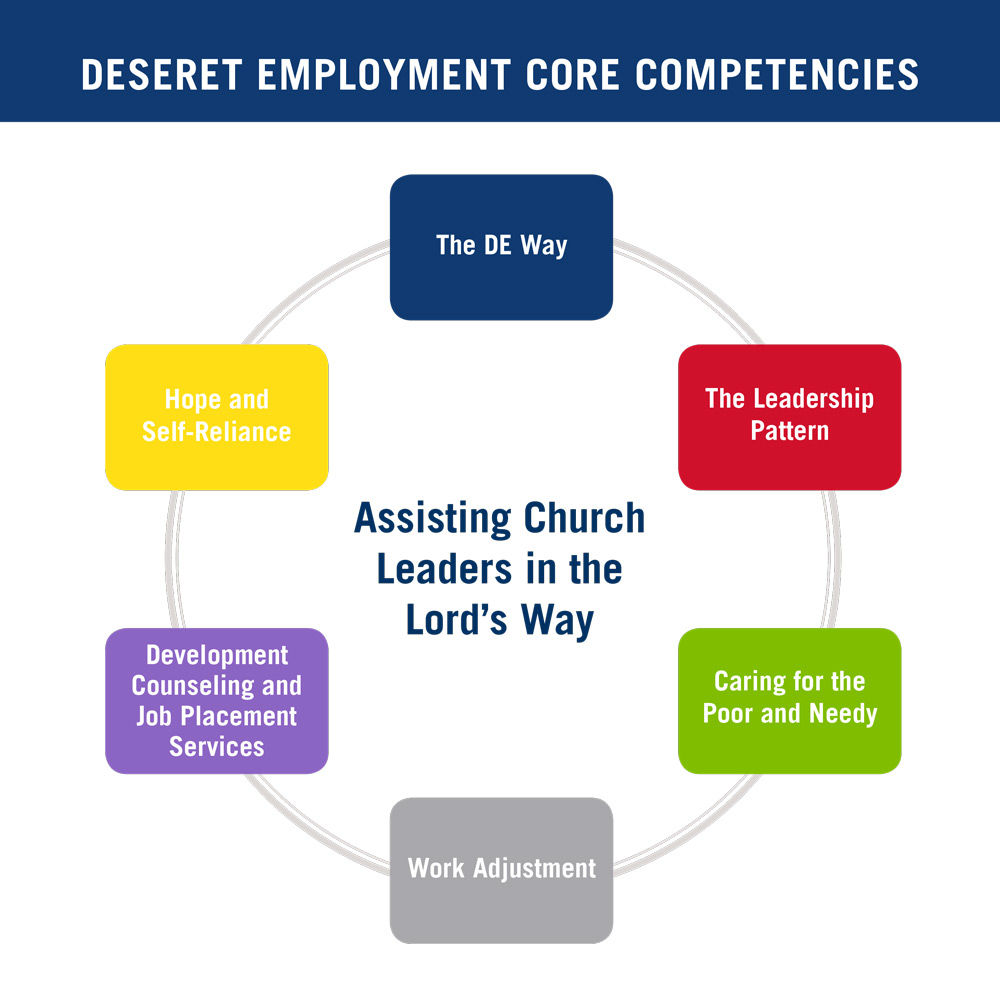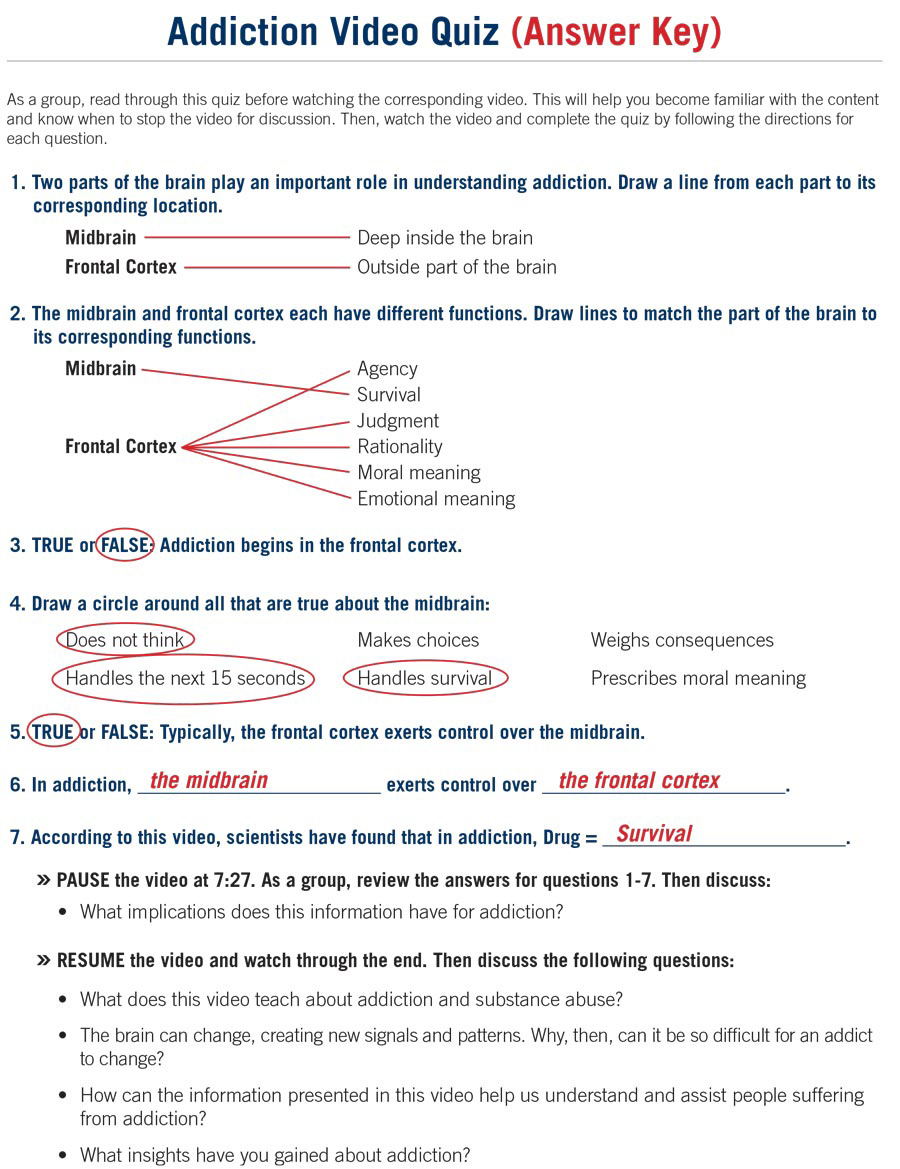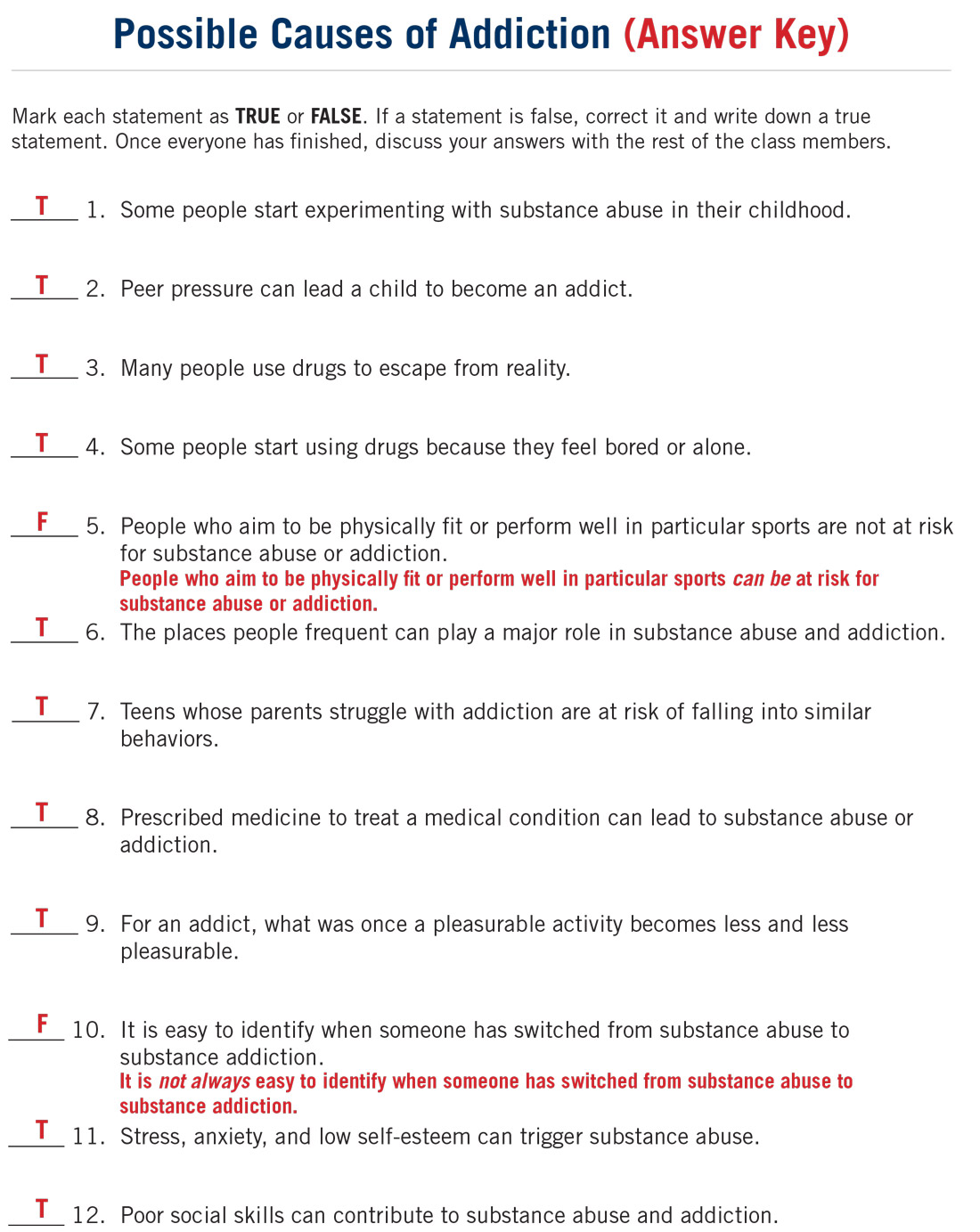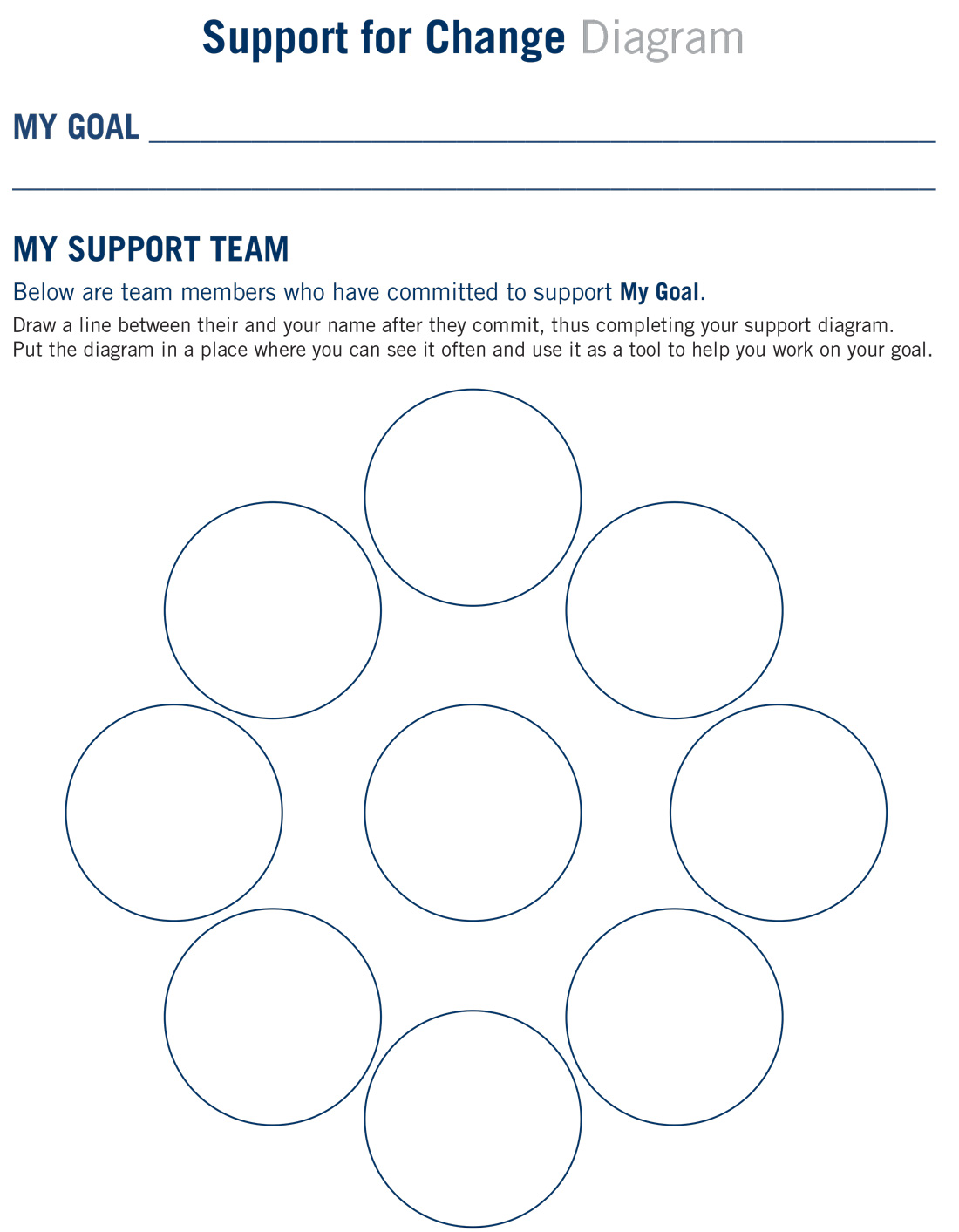
Facilitator Preparation
As you prepare to teach each lesson, you should: (1) prayerfully study the lesson outline, (2) ponder the learners’ needs, and (3) strive to develop and maintain increased levels of spirituality.
The content in each lesson outline can be covered either in one collaborative training session or over the course of multiple sessions. When determining how many sessions a lesson should cover, seek the guidance of the Spirit.
To prepare for each lesson, complete the following steps. Note that some lessons require additional preparation, as listed below under “Additional Preparation for Specific Lessons.”
- Read through the lesson, including the Lesson Preparation and Lesson Resources sections. Note that some activities have solutions listed in the Solutions section of this guide. Most lessons contain more material than you will have time to cover. Select one or more of the activities from each section that best apply to your situation. You may also use your own activity that teaches the same principles.
- At least two days before your lesson, remind learners to complete the assignments in the “Lesson Preparation” section of the lesson.
Lesson Structure
Begin each lesson with a prayer. Then, ask for volunteers to report on their goals and plans from the previous lesson. Next, discuss any insights gained from completing the assignments from the “Lesson Preparation” section.
Complete as many activities as needed to help the learners apply the principles in the lesson. Some lessons include graphics which help illustrate certain principles. You can click on these graphics to enlarge them if necessary.
At the end of each lesson, allow time for the learners to consider the “Ponder and Plan” section. Encourage them to set goals and write them down in their learners’ journals. Before ending the lesson, share the title, upcoming date, and assignments from the “Lesson Preparation” section of the next lesson. End with a prayer.







